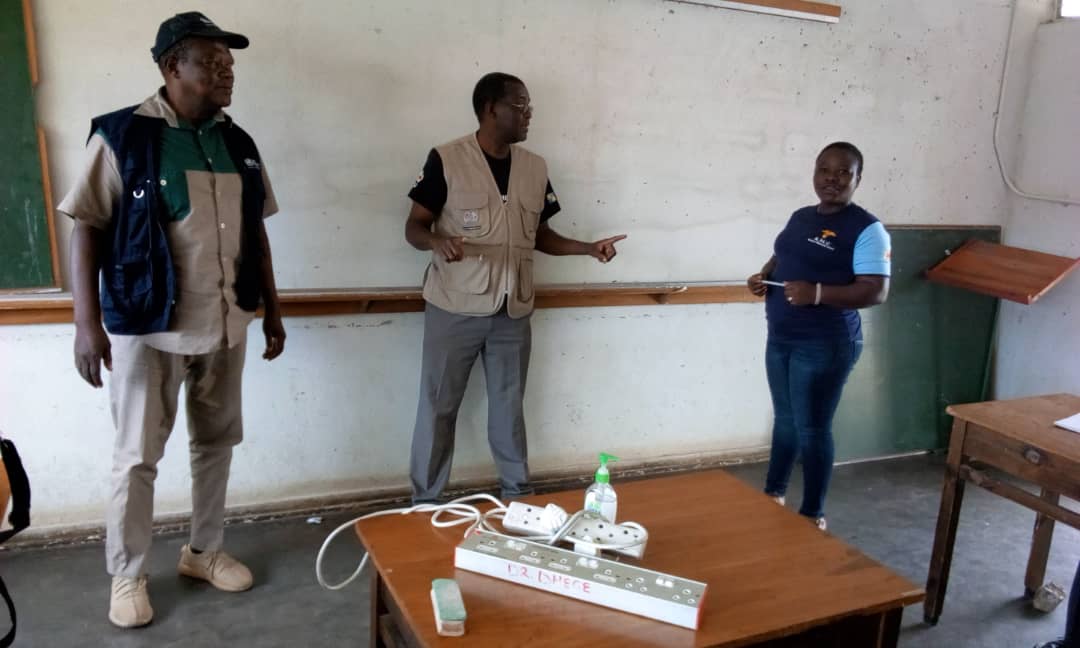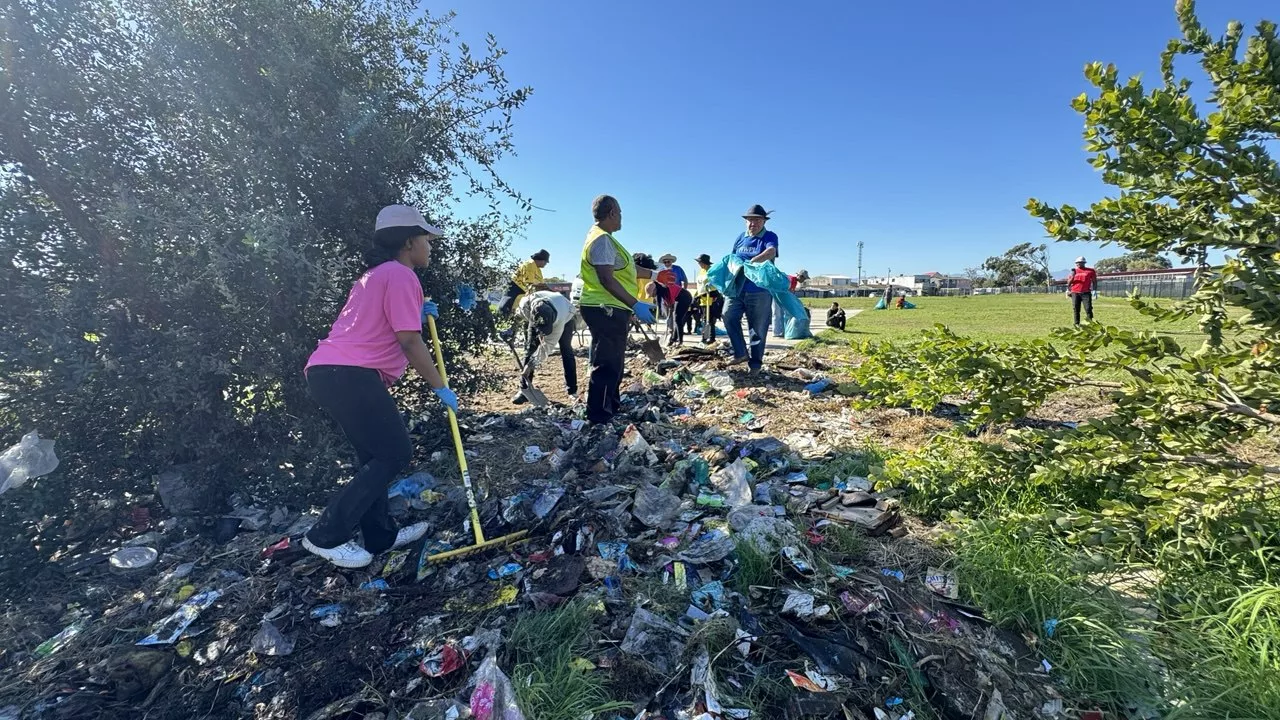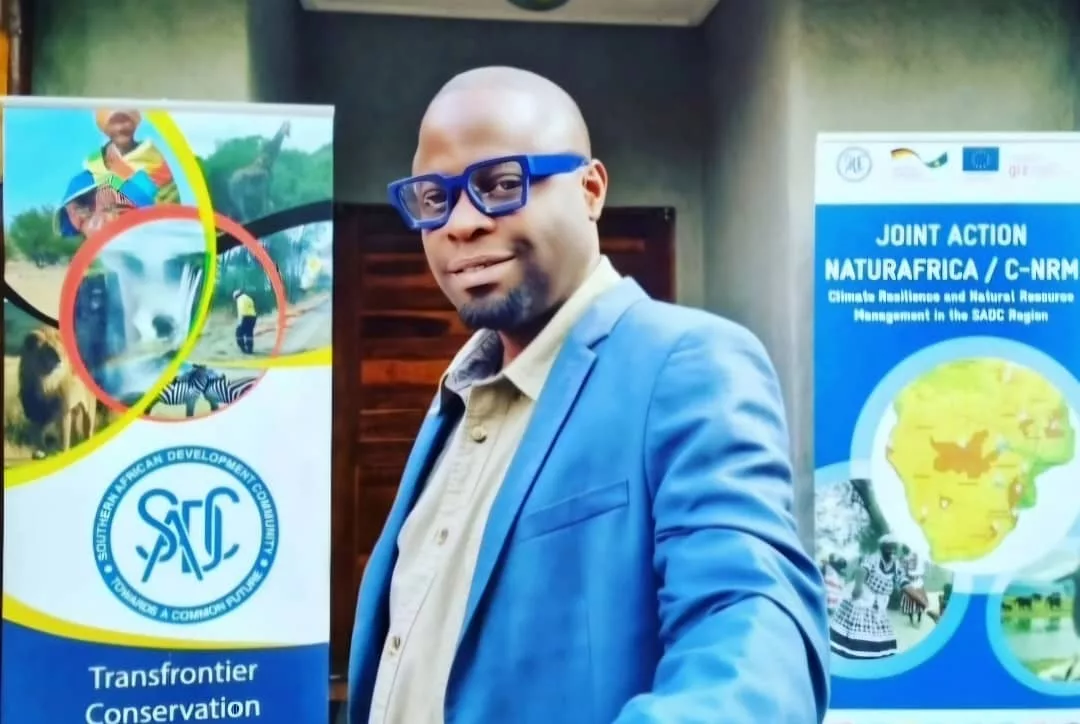Dr. Celestino Dhege, a former Silveira High School student and the Vice President of Infection Control Association of Zimbabwe teamed up with Professor Jacob Mufunda and Dr. Thalia Mungwari on the noble initiative to train health workers on managing COVID-19 in Bikita District.
“I offered to provide a three-hour sensitisation for health care workers in Bikita, my home district. This was done on the Silveira Alumni Society (SAS) group. I then engaged Dr. Mungwari the District Medical Officer for Bikita and former student of Silveira High School on a bilateral basis. She accepted the offer and went ahead to invite the staff to be trained and organised the training venues.
“Professor Mufunda, the interim Chairman of SAS and a former student of Silveira High School indicated he wanted to participate and joined at Nyika Training Centre and Chikuku Rural Hospital,” Dr. Dhege told Spiked Online Media.
There were three, three-hour sessions conducted with 31 mostly nurses and environmental health nurses for Bikita – 24 at Chikuku Rural Hospital and 24 at Silveira Mission Hospital. It was an exciting experience for the medical professionals in that they were able to do this without any external financial input or contribution from well-wishers.
The training provided an overview of the origins and spread of COVID-19 and described the microbiology and transmission of SARS-CoV2.
“We discussed, in brief, the different types of microorganisms (Bacteria, Fungi, Parasites, Prions, and Viruses) and then focused on viruses. We explained that they can only reproduce in host tissues,” Dr. Dhege said.
He highlighted that the characteristics of SARS-COV2 and em[hasised that it is an enveloped ribonucleic acid virus – making it sensitive to acids, alcohol, sodium hypochlorite, povodine iodine, and so forth.
It was explained that the main modes of transmission were droplets and contact.
“When doing procedures that generate aerosols (i.e suctioning, nebulisation, intubation) especially in the hospital environment, airborne transmission can occur.”
The medical professionals explained in detail, the infection prevention control (IPC) measures required at any facility level for preparedness and response to COVID-19.
The medical practitioners covered standard precautions – hand hygiene, cough etiquette, patient placement, environmental cleaning, linen management, decontamination of medical equipment, proper handling of sharps, waste management, correct injection practices, use of appropriate personnel, protective equipment, occupational health; as well as the transmission-based precautions (airborne, contact and droplets) during the training.
Risk assessment at the facility level as a way of coming up with plans for preparedness was presented and a risk assessment tool was provided. The creation of well-ventilated screening and isolation facilities (even temporary) was discussed.
The use of multimodal strategies was emphasised with screening, detecting, testing, tracing, and isolation being critical at all healthcare facilities.
Physical distancing whenever possible, respiratory hygiene, use of appropriate PPE, linen management, and appropriate waste management were re-emphasised. The training of all health care workers and health education for the community was discussed






